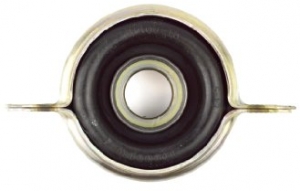-
Welcome to Tacoma World!
You are currently viewing as a guest! To get full-access, you need to register for a FREE account.
As a registered member, you’ll be able to:- Participate in all Tacoma discussion topics
- Communicate privately with other Tacoma owners from around the world
- Post your own photos in our Members Gallery
- Access all special features of the site
This is a Hydrogen installation kit, with installation video
Discussion in 'General Tacoma Talk' started by Operxtor.exe, May 27, 2024.
Page 2 of 2
Page 2 of 2


 Oil change
Oil change Replacing Gauge On A Viair 88P.....?
Replacing Gauge On A Viair 88P.....? Cracks in brake pads, should I replace?
Cracks in brake pads, should I replace? Type of bed liner for camper shell
Type of bed liner for camper shell 09 Tacoma radio wire harness
09 Tacoma radio wire harness Help, wrong plugs?
Help, wrong plugs?






































































